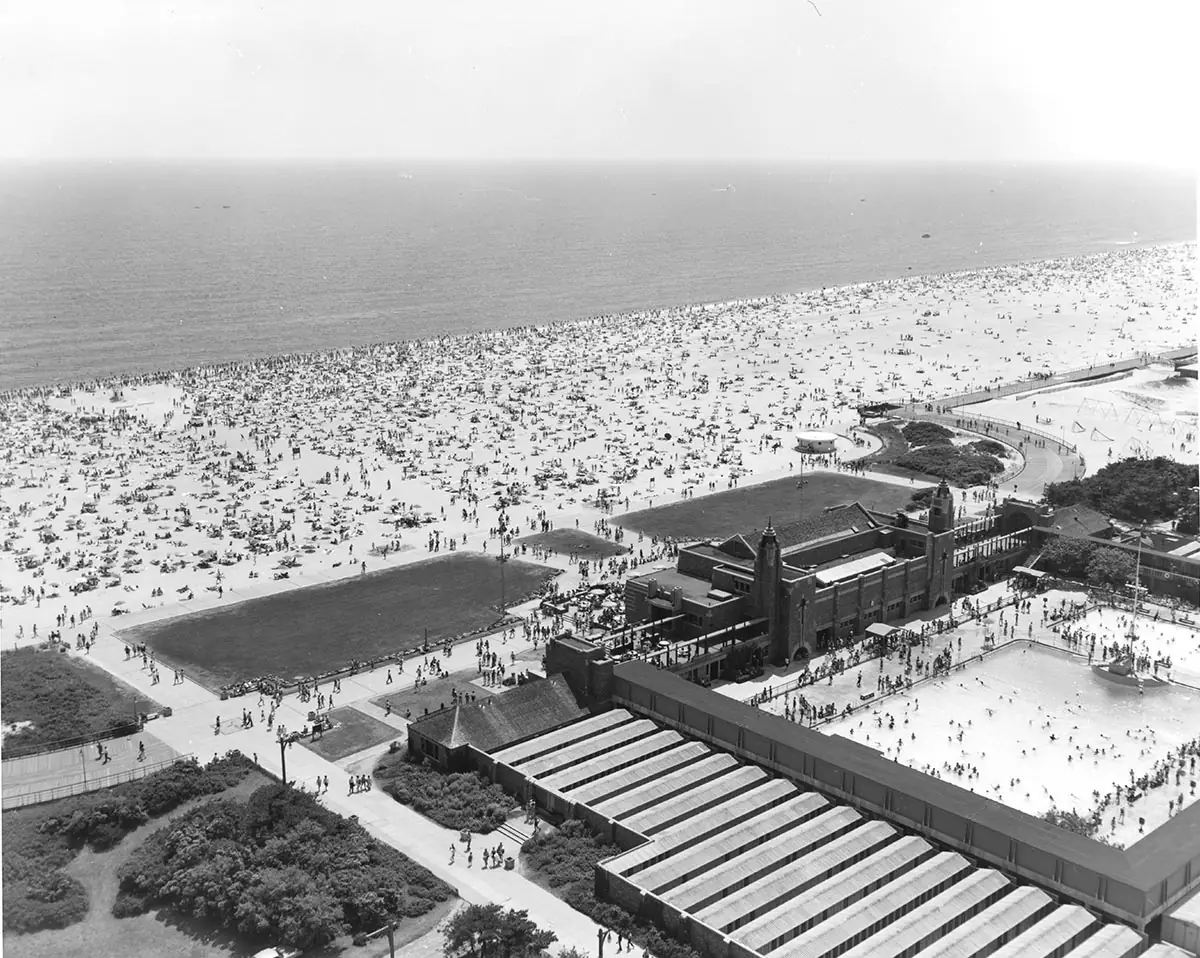Synthesizing recent scholarship with four decades of fieldwork from across the Americas, urban anthropologist and professor Setha Low argues in her latest book that public space is integral to healthy, democratic, and sustainable communities. Addressing ongoing corporate privatization, development, and neglect, she provides a toolkit for communities to protect and expand their public spaces. Following is an excerpt from the third chapter.
The relationship between public space and democracy has a long history in Western thought, dating back to the earliest discussions of political questions. The agora in ancient Athens as a place of assembly for those empowered to speak has become metaphor for this relationship, notwithstanding its gender, race, and class exclusionary practices. The association of public space and social justice has a shorter history, based on claims to the right to be visible and heard and demands to be recognized and politically represented. Public parks and plazas reflect this association and often contain the reformist goals of justice-seeking city planners and designers. Contemporary histories and studies now emphasize the role that public space plays in struggles for social justice and how public spaces have become iconic of protest and resistance.

Jones Beach State Park, located on a barrier island in Nassau County, New York, opened in 1929. Photo © Long Island Parks Regional Archives, Robert Moses Collection, click to enlarge.
Robert Moses, the Long Island State Park commissioner, urban planner, and builder of hundreds of miles of parkland and highway including Jones Beach, had a restricted view of a deserving public. While he imagined public facilities designed in a manner that everyone would appreciate, his “public” consisted of middle-class families with automobiles who would use the generous parking lots and walk-through flower gardens to enjoy the day. His biographer Robert Caro comments that “Moses did not want poor people, particularly poor people of color, to use Jones Beach, so [he connived at] legislation passed forbidding the use of buses on parkways.” But Moses knew that legislation could be changed, so he ordered his engineers to build the Southern State Parkway’s bridges extra low, to prevent public buses from accessing the beach.
Whether this is an urban myth or an intentional intervention by Moses, we will never know; however, the irony is that today Jones Beach is a place of diversity, where people of all ethnicities, cultures, genders, abilities, ages, and sexual orientations feel included and recognized. Moses did not foresee the post–World War II boom that lifted working-class wages so that by 1955, 87 percent of families had some type of motor vehicle, and, by 1980, 88 percent of families owned cars. New public transportation routes from the Long Island Rail Road to Jones Beach soon bypassed the Southern State Parkway and its restrictive infrastructure.
At Jones Beach, access, cultural representation, recognition of differences, and an ethic of care create a socially just public space. It illustrates how social contact can develop into a public culture of acceptance and tolerance by finding one’s own place and a sense of belonging and sharing with others. The sunshine, expansive vistas, sparkling water, breaking waves; soft, sandy beaches, and co-mingling of people of all kinds coalesce into a joyful and respectful atmosphere enhancing the visitors’ experience. This story offers a framework for understanding the behaviors, activities, and underlying principles that enhance justice. It suggests ways that a social justice framework can be used to understand the impact of public space on democratic practices.





Post a comment to this article
Report Abusive Comment